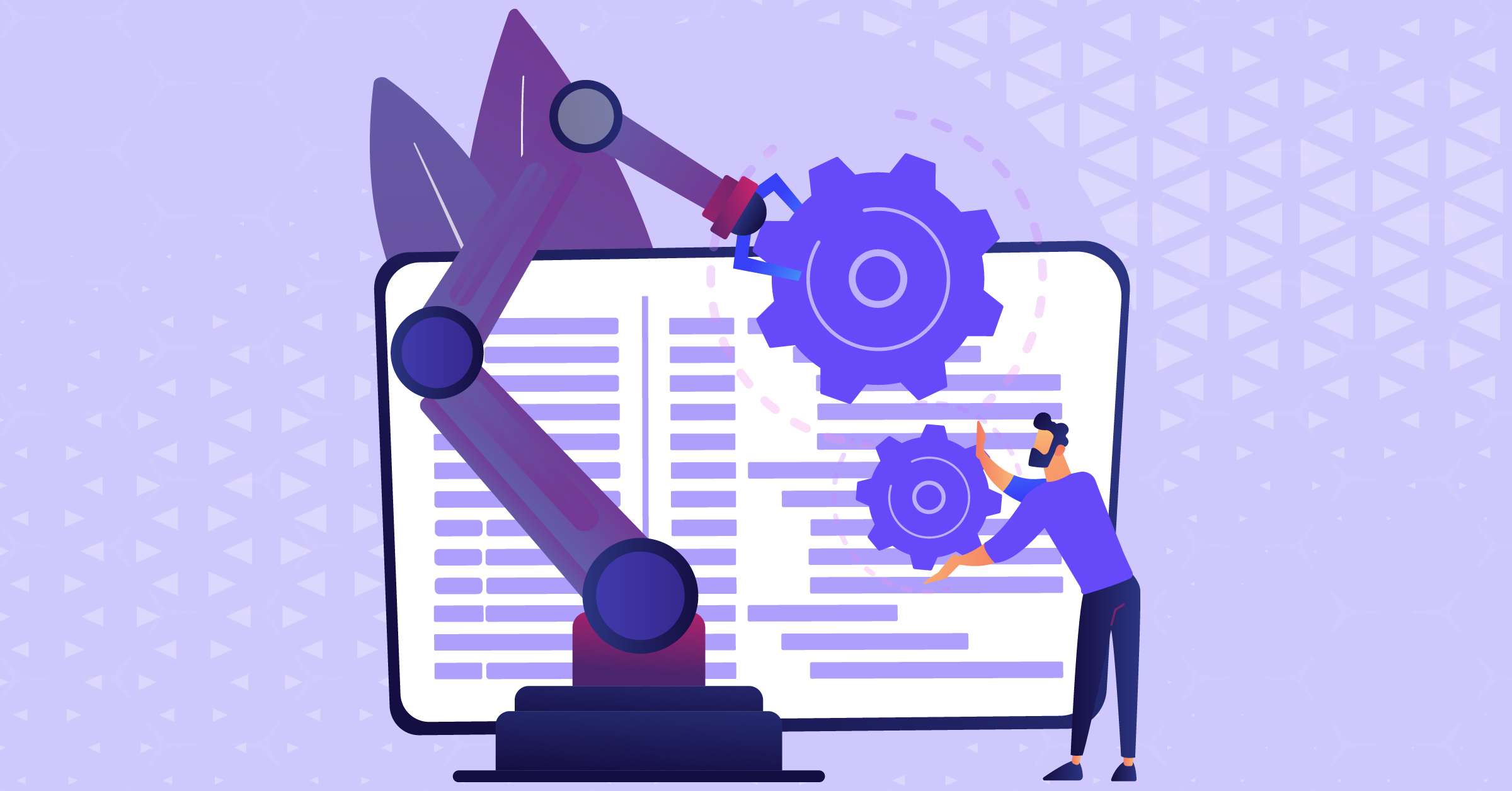The competitive job market demands efficient hiring processes that can identify and attract the right candidates. To aid in this endeavor, various applicant tracking systems have emerged in the market, offering streamlined solutions for managing and optimizing the recruitment process. Two of the top applicant tracking systems in the market are XYZ and ABC.
XYZ is recognized for its robust features and user-friendly interface. It offers seamless integration with various job boards, allowing recruiters to post job openings with ease. Its advanced search functionality enables recruiters to quickly sift through a large pool of resumes and filter candidates based on specific criteria. Additionally, XYZ provides automated interview scheduling and offers real-time collaboration features for team-based hiring. ABC, on the other hand, offers a customizable and scalable platform that caters to diverse business needs. Its comprehensive analytics and reporting capabilities empower recruiters to gain valuable insights into their hiring process, enabling them to make data-driven decisions. With ABC, recruiters can automate repetitive tasks, such as resume screening and interview scheduling, freeing up their time to focus on more strategic aspects of recruitment.
In the fast-paced and ever-evolving job market, it is crucial for organizations to employ reliable applicant tracking systems to stay ahead of the competition. XYZ and ABC are among the top solutions available today, providing efficient and effective tools for managing the recruitment process. By leveraging the features and capabilities offered by these systems, organizations can streamline their hiring process, attract quality candidates, and ultimately enhance their talent acquisition efforts.
Key Features of Leading Applicant Tracking Systems
One of the key features of leading applicant tracking systems is their ability to automate and streamline the recruitment process. These systems often come equipped with sophisticated algorithms that can scan resumes, parse relevant information, and match candidates to job requirements. By automating tasks such as resume screening and candidate sourcing, these systems save recruiters valuable time and effort, allowing them to focus on more strategic aspects of talent acquisition.
Moreover, familiarity with the largest applicant tracking systems in the industry can give job seekers an edge. These platforms, such as Taleo, Workday, and Greenhouse, are widely used by companies of all sizes to manage their hiring needs. Understanding how these systems work and optimizing your resume accordingly can significantly enhance your job search efforts.
Another important feature is the customizable reporting and analytics tools offered by these systems. With these tools, recruiters can generate a wide range of reports and insights, such as time-to-fill metrics, source of hire data, and candidate pipeline analysis. This allows companies to measure the effectiveness of their recruitment process and make data-driven decisions to improve efficiency and quality of hires. By providing clear visibility into recruitment metrics, these systems empower recruiters with valuable information to continually refine and optimize their talent acquisition strategies.
How to Choose the Right Applicant Tracking System for Your Business
When it comes to choosing the right applicant tracking system for your business, it is crucial to consider your specific needs and requirements. First and foremost, assess the size of your organization and the volume of hiring you anticipate. Smaller businesses with limited hiring needs may find a simpler, more cost-effective tracking system suitable, while larger organizations would benefit from a more robust and customizable solution. Additionally, consider the industry you operate in and the specific features you require. For instance, if you are in a highly regulated field, such as healthcare or finance, ensure that the system you choose complies with relevant regulations and offers data security measures.
Another important aspect to consider is integration capabilities. Consider whether you already have existing HR or recruitment software in place and whether the applicant tracking system can seamlessly integrate with them. This will promote efficiency and streamline your recruitment processes. Furthermore, evaluate the user-friendliness and ease of implementation of the system. Look for a platform that offers intuitive navigation, easy customization options, and comprehensive training and support resources. Taking the time to thoroughly research and evaluate different options will ensure that you choose an applicant tracking system that aligns with the unique needs and goals of your business.
Benefits of Implementing an Applicant Tracking System
Streamlining the recruitment process and saving time are two key benefits of implementing an Applicant Tracking System (ATS) in your business. With an ATS, you can automate various tasks, such as identifying and screening candidates, scheduling interviews, and sending out rejection letters. This reduces the need for manual data entry and allows your HR team to focus on more strategic aspects of recruitment. Additionally, an ATS can help you track and analyze recruitment metrics, providing valuable insights into the effectiveness of your hiring process.
Another advantage of using an ATS is its ability to improve collaboration among hiring teams. With a centralized platform, all team members have access to the same information, enabling seamless communication and collaboration throughout the recruitment process. This ensures that everyone is on the same page and reduces the chances of miscommunication or duplication of efforts. Furthermore, an ATS provides a structured and organized approach to managing candidate data, making it easy for team members to access and review applicant profiles, notes, and feedback. This facilitates efficient decision-making and ensures that all team members have a holistic view of each candidate.
• Streamlining the recruitment process and saving time
• Automating tasks such as identifying and screening candidates, scheduling interviews, and sending out rejection letters
• Reducing the need for manual data entry
• Allowing HR team to focus on more strategic aspects of recruitment
• Tracking and analyzing recruitment metrics for valuable insights into hiring effectiveness
• Improving collaboration among hiring teams
• Providing a centralized platform for seamless communication and collaboration
• Ensuring everyone is on the same page to reduce miscommunication or duplication of efforts
• Offering a structured and organized approach to managing candidate data
– Easy access to applicant profiles, notes, and feedback
– Facilitating efficient decision-making
– Ensuring all team members have a holistic view of each candidate
Common Challenges Faced When Using Applicant Tracking Systems
There are several common challenges that organizations often encounter when using applicant tracking systems. One major challenge is the issue of data accuracy and consistency. Since applicant tracking systems rely heavily on data input and management, it is crucial for the information to be accurate and up-to-date. However, human error during data entry or inconsistencies in the way information is recorded can lead to unreliable data, which can ultimately affect the effectiveness of the system.
Another challenge is the potential bias that can be embedded in the system. Applicant tracking systems use algorithms and filters to weed out candidates based on certain criteria. However, if these criteria are biased or discriminatory, it can result in qualified candidates being overlooked or unfairly excluded from the selection process. This not only goes against the principles of fairness and equal opportunity, but it can also harm the diversity and inclusivity efforts of an organization. Therefore, it becomes crucial for organizations to regularly review and assess the criteria used by their applicant tracking systems to ensure that they are fair and objective.
Best Practices for Utilizing Applicant Tracking Systems Effectively
Applicant tracking systems (ATS) have become an integral part of modern recruitment processes. To ensure the effective utilization of these systems, organizations need to follow certain best practices. Firstly, it is crucial to customize the ATS to align with the company’s hiring needs. This includes tailoring the system’s settings and functionality to match the specific requirements of the organization. By doing so, recruiters can optimize the ATS to effectively filter and sort through applications, simplifying the hiring process and saving valuable time.
Another best practice for utilizing ATS effectively is to streamline the application process. It is important to maintain a user-friendly interface that is intuitive and easy to navigate for both applicants and recruiters. Complex or lengthy application forms can discourage potential candidates from completing the process, resulting in missed opportunities and reduced application rates. Simplifying the application process not only enhances the candidate experience but also increases the efficiency of data collection and organization for recruiters.
What is an Applicant Tracking System (ATS)?
An Applicant Tracking System (ATS) is a software application that helps businesses streamline and automate their recruitment process. It allows employers to manage job postings, track applicants, and store candidate information in one centralized system.
How do I choose the right Applicant Tracking System for my business?
To choose the right ATS for your business, consider your specific needs and requirements. Evaluate factors such as ease of use, integration capabilities, customization options, reporting and analytics features, and cost. It’s also beneficial to read reviews and seek recommendations from other HR professionals.
What are the benefits of implementing an Applicant Tracking System?
Implementing an ATS can bring various benefits to your recruitment process. It helps save time and effort by automating tasks like resume parsing and candidate screening. ATS also improves the quality of hires by allowing you to easily track and evaluate applicants. Furthermore, it offers better collaboration among hiring teams and ensures compliance with hiring regulations.
What are the common challenges faced when using Applicant Tracking Systems?
Some common challenges when using ATS include system complexity, poor user adoption, manual data entry errors, difficulty in integrating with other HR software, and potential bias in resume screening algorithms. It’s important to address these challenges by providing proper training to users and regularly reviewing and updating the system’s settings.
What are some best practices for utilizing Applicant Tracking Systems effectively?
To effectively utilize an ATS, it is recommended to regularly update and optimize your job postings, customize the system to align with your hiring process, use advanced search functions to find the best candidates, and integrate the ATS with other HR software for seamless data flow. Additionally, it’s crucial to maintain clear communication with applicants, provide timely feedback, and regularly review and analyze recruitment metrics to improve your hiring process.
For sources: Magchrono







